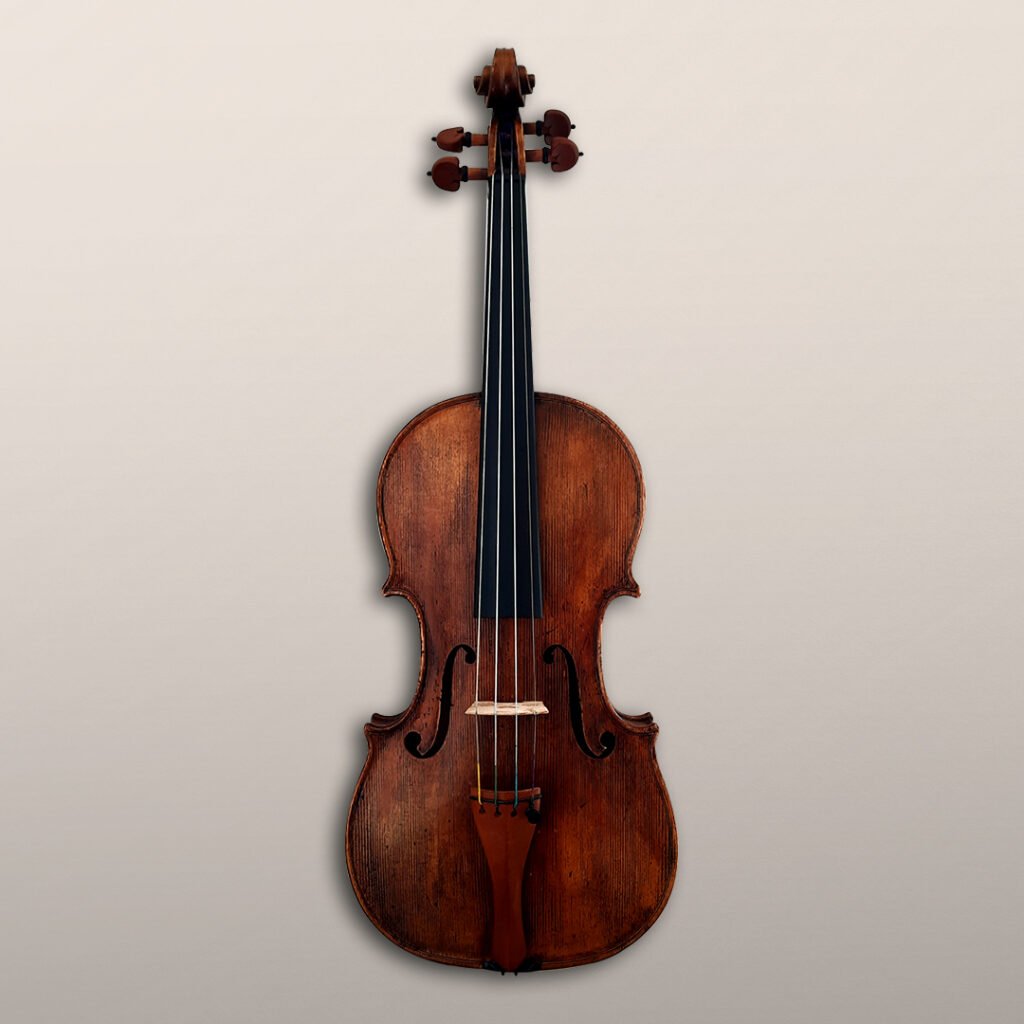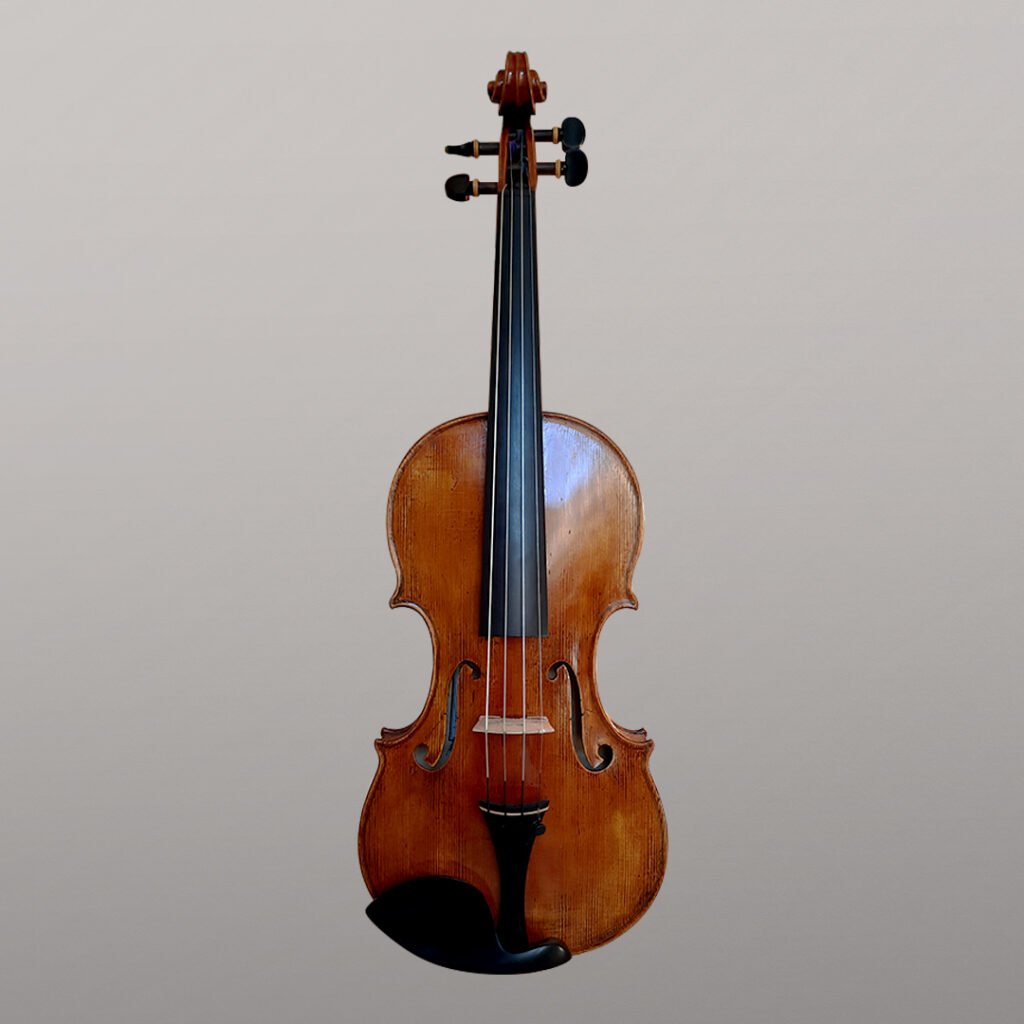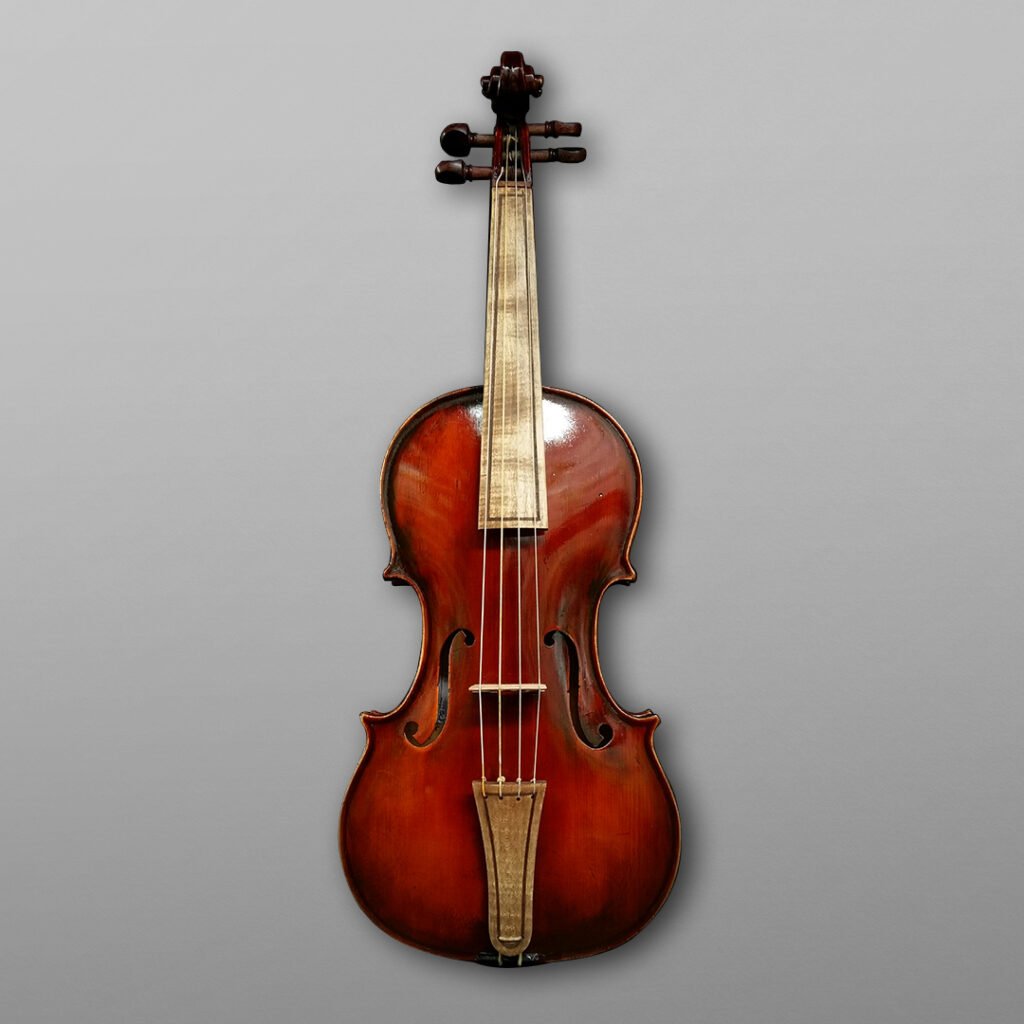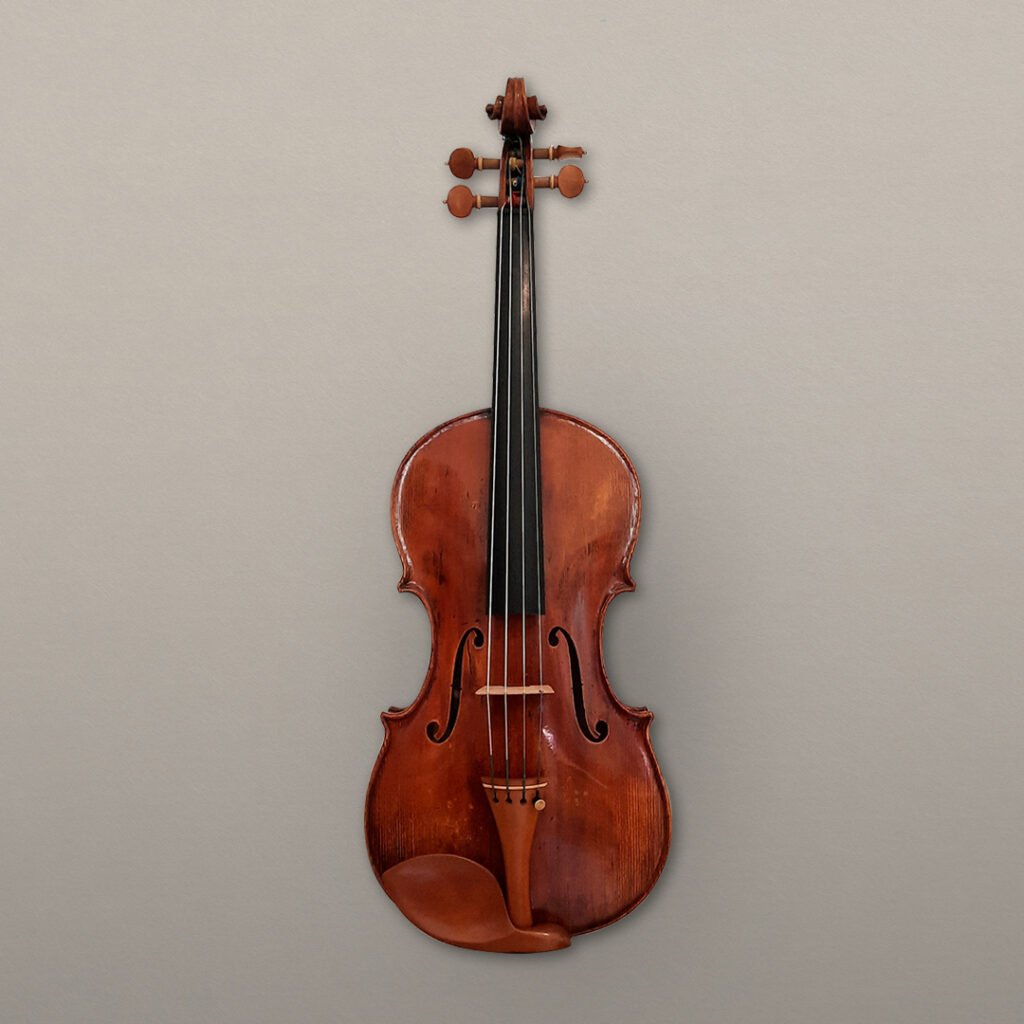How to Fix a Wolf Note on Your String Instrument: A Guide for Violinists, Luthiers, and Enthusiasts

If you’ve ever noticed a strange howling sound while playing your cello, violin, or viola, you’ve likely encountered a wolf note, also known as a wolf tone. These terms are used interchangeably to describe the same phenomenon: an unwanted resonance that occurs in bowed string instruments when the instrument’s natural resonance frequency interferes with the note you’re playing.
In this guide, you’ll learn what causes a wolf note, how to manage it, and what solutions are available for violinists, luthiers, and enthusiasts.
What Causes a Wolf Note?
Every string instrument has a specific natural resonance frequency that amplifies certain notes more than others. It’s similar to the resonance effect you hear when singing a note in a bathroom, where the sound is naturally amplified.
In string instruments such as violins, violas, and especially cellos, this resonance frequency can lead to a wolf note. This occurs when the frequency of the played note matches or is close to the instrument’s body resonance frequency, creating interference between the sound waves. The result is a characteristic howling sound, which varies in intensity depending on the instrument.
Wolf Notes tend to be more common in cellos due to their greater resonance amplitude and the vibrational characteristics of a larger body. This is not because the top and back plates of a cello are thinner in absolute terms than those of other instruments, but rather because, relative to the cello’s body size, the plates vibrate more easily. This phenomenon makes the cello more prone to developing a wolf note.
How to Master a Wolf Note
While some musicians learn to live with their wolf note and even appreciate it as part of their instrument’s character, others prefer to minimize its presence. Here are some solutions:
- Wolf Tone Eliminator: One of the most common solutions is using a wolf tone eliminator, a small weight placed on the string to dampen the vibration of the note. This device can significantly reduce the wolf note, but it may also slightly dampen the overall sound quality of the instrument.
AMAZON RECOMMENDATIONS
https://amzn.to/4eTeTOR
https://amzn.to/4dY7i0j
- Playing Techniques: Some musicians develop techniques to minimize the wolf note while playing. For example, cellists can apply slight pressure with their knees to alter the resonance and reduce the intensity of the note. This method is useful for important notes but should be used carefully to avoid damaging the instrument.
- Magnetic Damping: Another approach involves placing magnets or weights on the top plate of the instrument, near the area where the resonance occurs, to reduce vibration in that spot. This technique is more invasive and may require the assistance of a luthier to achieve the best results without compromising the instrument’s sound quality.
- Sound Post Adjustment: Visiting a professional luthier to adjust the sound post can help mitigate the wolf note. Moving the sound post can alter the vibrations inside the instrument’s body and reduce the interference that causes the unwanted resonance.
Should You Eliminate the Wolf Note?
It is important to keep in mind that while completely eliminating a wolf note may seem ideal, all solutions come with drawbacks. Any method that dampens resonance can also reduce the richness and volume of the instrument’s sound. Some musicians, such as the legendary cellist Pablo Casals, believed that the wolf note added character to their instrument. Casals played a 1730 Matteo Gofriller cello, which had a distinctive wolf note, and he considered it part of his instrument’s unique voice.
For this reason, rather than eliminating it entirely, many musicians choose to manage the wolf note and learn to play around it.
Are Wolf Notes Common in Violins and Violas?
Although wolf notes are more common in cellos, they can also appear in violins and violas, albeit less frequently. If a wolf note occurs on a violin, it could indicate that the plates of the instrument are too thin, causing excessive vibration. However, skilled luthiers typically prevent this issue by ensuring the plates have the proper thickness during construction.
If your instrument has a wolf note, don’t be alarmed. It’s a common phenomenon in high-quality cellos, and you can learn to manage it using different techniques and tools. Whether by using a wolf tone eliminator, adjusting your playing technique, or seeking help from a luthier, the key is to ensure that your instrument continues to express your musical voice.
Violins and Violas for Sale
How to Fix a Wolf Note on Your String Instrument: A Guide for Violinists, Luthiers, and Enthusiasts

If you’ve ever noticed a strange howling sound while playing your cello, violin, or viola, you’ve likely encountered a wolf note, also known as a wolf tone. These terms are used interchangeably to describe the same phenomenon: an unwanted resonance that occurs in bowed string instruments when the instrument’s natural resonance frequency interferes with the note you’re playing.
In this guide, you’ll learn what causes a wolf note, how to manage it, and what solutions are available for violinists, luthiers, and enthusiasts.
What Causes a Wolf Note?
Every string instrument has a specific natural resonance frequency that amplifies certain notes more than others. It’s similar to the resonance effect you hear when singing a note in a bathroom, where the sound is naturally amplified.
In string instruments such as violins, violas, and especially cellos, this resonance frequency can lead to a wolf note. This occurs when the frequency of the played note matches or is close to the instrument’s body resonance frequency, creating interference between the sound waves. The result is a characteristic howling sound, which varies in intensity depending on the instrument.
Artículos mas leídos del blog:
Wolf Notes tend to be more common in cellos due to their greater resonance amplitude and the vibrational characteristics of a larger body. This is not because the top and back plates of a cello are thinner in absolute terms than those of other instruments, but rather because, relative to the cello’s body size, the plates vibrate more easily. This phenomenon makes the cello more prone to developing a wolf note.
How to Master a Wolf Note
While some musicians learn to live with their wolf note and even appreciate it as part of their instrument’s character, others prefer to minimize its presence. Here are some solutions:
- Wolf Tone Eliminator: One of the most common solutions is using a wolf tone eliminator, a small weight placed on the string to dampen the vibration of the note. This device can significantly reduce the wolf note, but it may also slightly dampen the overall sound quality of the instrument.
AMAZON RECOMMENDATIONS
https://amzn.to/4eTeTOR
https://amzn.to/4dY7i0j
- Playing Techniques: Some musicians develop techniques to minimize the wolf note while playing. For example, cellists can apply slight pressure with their knees to alter the resonance and reduce the intensity of the note. This method is useful for important notes but should be used carefully to avoid damaging the instrument.
- Magnetic Damping: Another approach involves placing magnets or weights on the top plate of the instrument, near the area where the resonance occurs, to reduce vibration in that spot. This technique is more invasive and may require the assistance of a luthier to achieve the best results without compromising the instrument’s sound quality.
- Sound Post Adjustment: Visiting a professional luthier to adjust the sound post can help mitigate the wolf note. Moving the sound post can alter the vibrations inside the instrument’s body and reduce the interference that causes the unwanted resonance.








